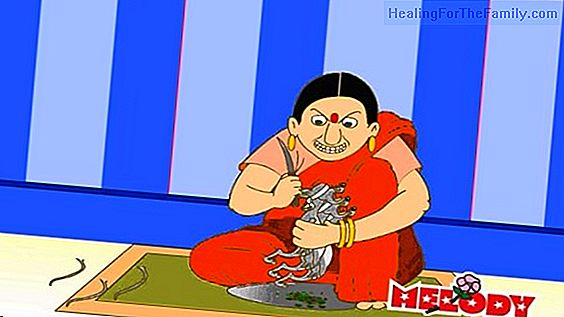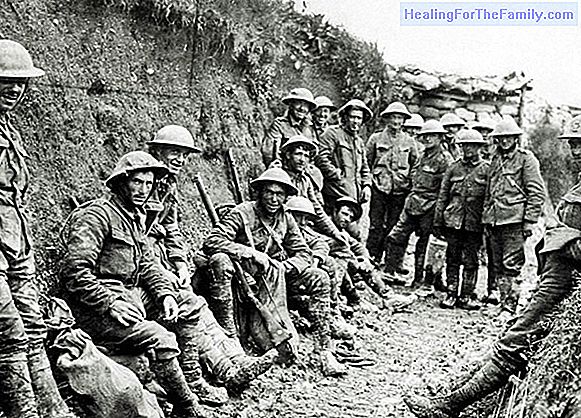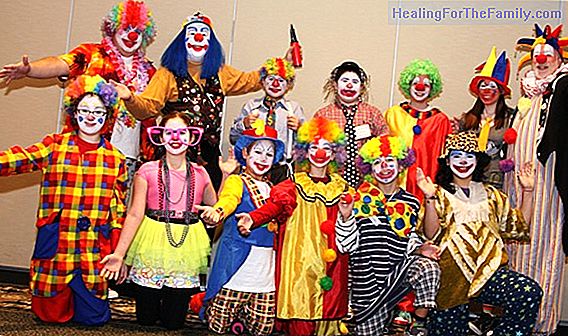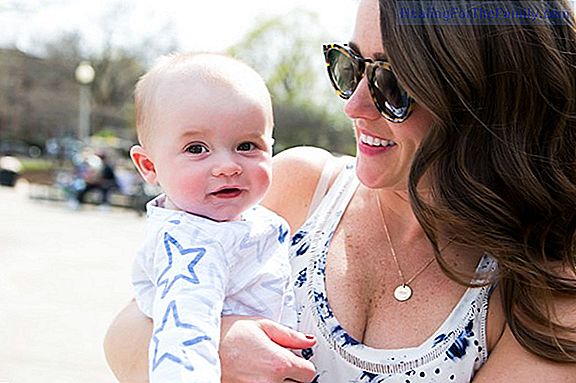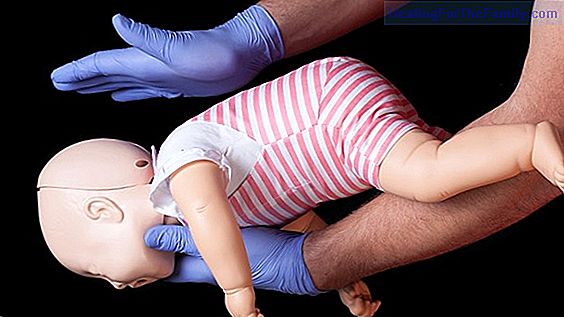Babies with a flattened head. Plagiocephaly in babies
The American Academy of Pediatrics began recommending in 1992 that babies sleep on their backs. This helped reduce the number of deaths in babies by the so-called sudden infant death. However, this has also increased the cases of babies with cranial asymmetry es, that is, with a flattened head, tech
The American Academy of Pediatrics began recommending in 1992 that babies sleep on their backs. This helped reduce the number of deaths in babies by the so-called sudden infant death. However, this has also increased thecases of babies with cranial asymmetry es, that is, with a flattened head, technically known as postural plagiocephaly. And, the bones of the baby's head have not yet been closed and, if the baby spends a lot of time in the same position, his head could be flattened.Cranial asymmetry in babies
The baby's skull is composed of mobile bones, the fontanels are the separation between these bones and facilitate passage through the birth canal. However, as these bones are not closed, if the baby spends a lot of time in the same position, these plates that have to move to close, do not perform the necessary movement and can cause a
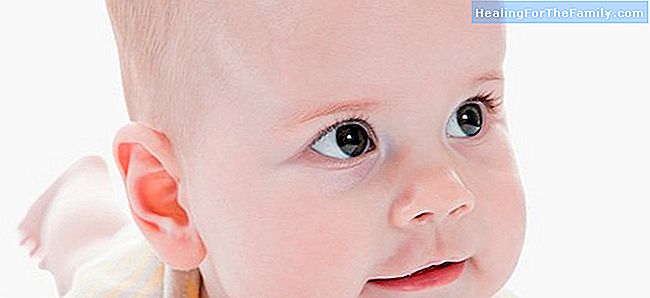
flattening of the baby's head .According to a study published in the journal Pediatrics, to avoid the flattening of the baby's head also known as postural plagiocephaly, it would be necessary to:
- change the baby's position regularly and try, at least for a while a day, to Baby is upside down. This will also help you to gain muscle in the neck and to hold the head.
- even if the child is sleeping on his back, change the position of the head every week, that is, looking to the right or to the left. Even if the child is awake we can put a toy that calls attention to one side or another of your crib or stroller.
- during the day and only if the baby is watched, you can sleep on your side.
- When you hold the child in your arms, try to hold it upright with its head resting on your shoulder or arm.
- changes the position of the baby to the mother's breast.
Positional plagiocephaly, in the most severe cases, may cause the child's jaw closure or vision problems. However, in most cases it is only an aesthetic problem that
is corrected with an orthopedic helmet adapted to the baby's head .Children should generally wear that helmet for 3 months continuously, day and night. According to the experts, the babies adapt easily to the helmet and do not feel discomfort.



